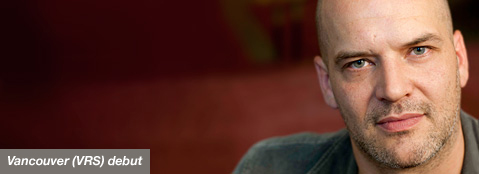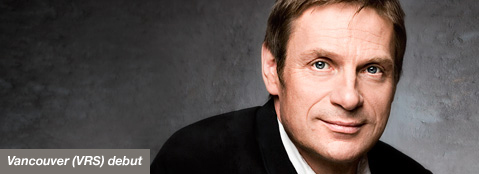Tag: Chan Centre
-
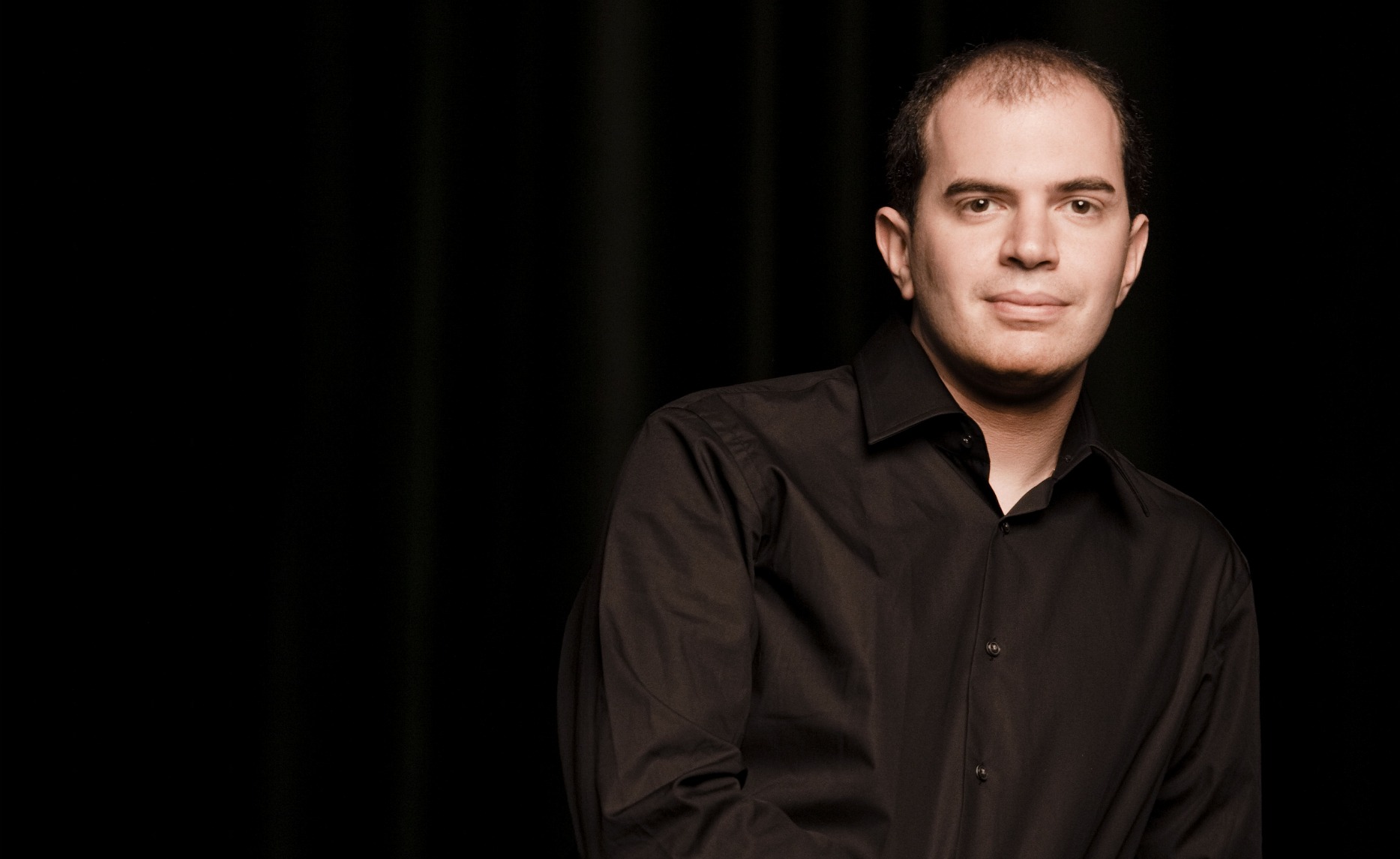
PROGRAM NOTES: KIRILL GERSTEIN
Johann Sebastian Bach English Suite no. 6 in D minor, BWV 811 Bach’s Partitas, English Suites and French Suites – six of each – collectively rank among the glories of the keyboard literature. Each is a four-part sequence of dance movements, all in the same key but varied by rhythm, tempo and mood: Allemande, Courante,…
-
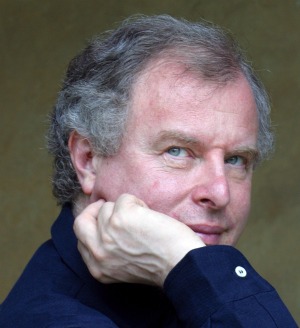
LEILA GETZ: WHY I LOVE ANDRAS SCHIFF
Yesterday I watched a video on the VRS YouTube channel featuring pianist Shai Wosner playing the concluding portion of Schumann’s “Carnaval”. I enjoyed it very much. As the video concluded, another video on the YouTube sidebar caught my eye: András Schiff playing the Andantino from Schubert’s Sonata in A Major, D959. I clicked on it…
-
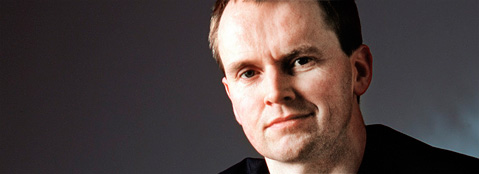
PROGRAM NOTES: STEVEN OSBORNE
Ludwig van Beethoven Piano Sonata (“Moonlight”) in C sharp minor, Op.27, no.2 (Sonata quasi una Fantasia) The year 1801 marked not only the dawn of a new century, but also a significant new approach on Beethoven’s part to matters of form and structure in the piano sonata. The bold use of unusual and exotic keys,…
-

PROGRAM NOTES: KHATIA BUNIATISHVILI
Khatia Buniatishvili, piano Chan Centre for the Performing Arts Monday, January 23, 2011 Franz Joseph Haydn, piano sonata no. 33 in C minor, Hob. XVI/20 Although Haydn’s role in the development of the symphony and string quartet is secure in the minds of many people, but they are still apt to forget just how important…
-

PARKING AT THE CHAN CENTRE
Many of our patrons have pointed out the increasing cost of using the Rose Garden Parkade adjacent to the Chan Centre. In the past, parking at UBC was underwritten by UBC Parking Services with a small charge ($1-$1.50) applied to organizations using the Chan Centre for each ticket that was sold. UBC Parking absorbing the…
-
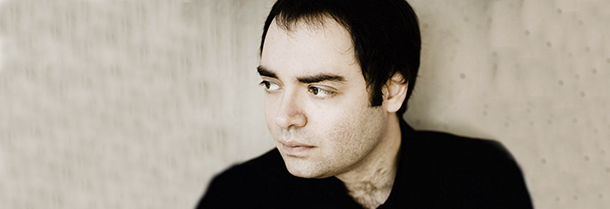
A GROWING APPRECIATION: PRELUDES AND FUGUES BY SHOSTAKOVICH
Perhaps it has been a deficiency in my musical education, but I have found it hard to warm to Shostakovich’s Preludes and Fugues. Written in 1950-51 and influenced by Bach and in a lineage of prelude collections by Chopin, Scriabin, Busoni, Debussy, and Rachmaninoff, these works have generally remained on the outskirts of the repertoire.…
-
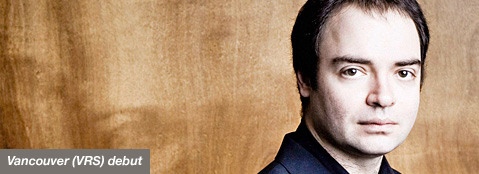
PROGRAM NOTES: SHOSTAKOVICH PRELUDES AND FUGUES
Dmitri Shostakovich: 12 Preludes and Fugues from Op. 87 Like many of the great composers before him (Bach, Handel, Mozart, Beethoven, Chopin, Liszt and Rachmaninoff, among others), Shostakovich possessed the skills of a keyboard virtuoso, and might well have sustained a successful career as such. Among his prizes was one from the First International Chopin…



